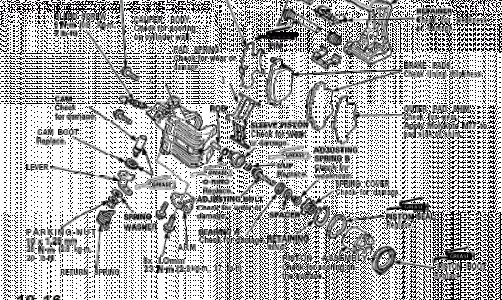First I'd like to say yes i've done a search and yes i've been to Dan's website.. 
Background: I've changed my pads numerous times so it's not a how do you change thing..
I usually switch from street to race pads before I leave for every event just to help set the pads in.. well I've noticed that sometimes, the rear piston (I have the tool) as I turn it, doesn't go down at all... like I could be spinning it for decades and it won't move.
Now my procedure is that when I change the fronts, I take the cap off the master cylinder (b/c of the pressure of clamping the pistons down...
When I change the rear's I put the cap back on b/c for some odd reason it won't spin down when it's off. But this time I was spinning it and it just wasn't doing anything.... I eventually got the caliper on (with a rubber mallet) but I know when I get back I won't be able to get the street pad on (due to wear). Oh yeah.. i generally don't take of the ebrake cable too. (I don't imagine that has anything to do with it).
Anyone know what is going on?
All help is appreciated.
x
Background: I've changed my pads numerous times so it's not a how do you change thing..
I usually switch from street to race pads before I leave for every event just to help set the pads in.. well I've noticed that sometimes, the rear piston (I have the tool) as I turn it, doesn't go down at all... like I could be spinning it for decades and it won't move.
Now my procedure is that when I change the fronts, I take the cap off the master cylinder (b/c of the pressure of clamping the pistons down...
When I change the rear's I put the cap back on b/c for some odd reason it won't spin down when it's off. But this time I was spinning it and it just wasn't doing anything.... I eventually got the caliper on (with a rubber mallet) but I know when I get back I won't be able to get the street pad on (due to wear). Oh yeah.. i generally don't take of the ebrake cable too. (I don't imagine that has anything to do with it).
Anyone know what is going on?
All help is appreciated.
x




